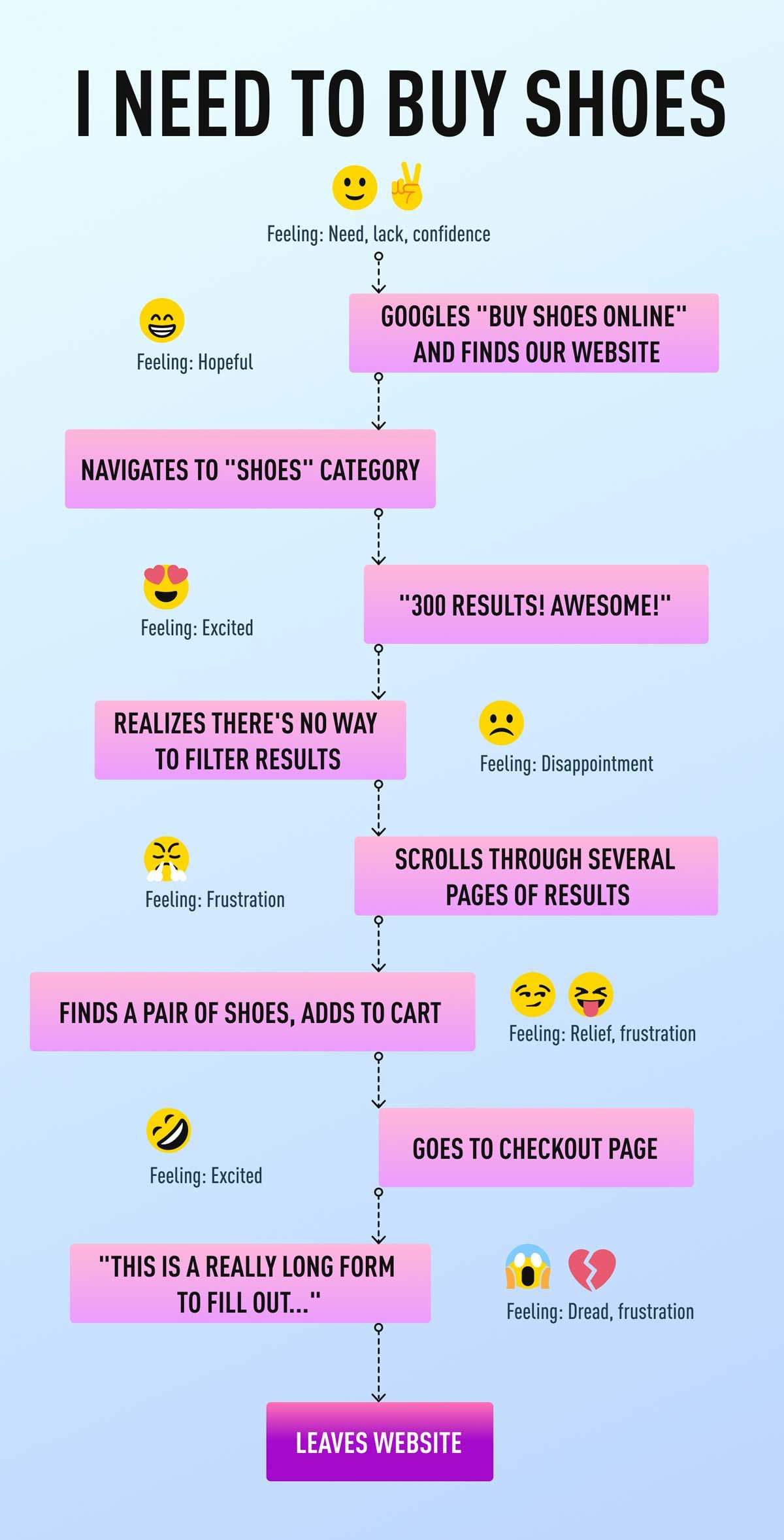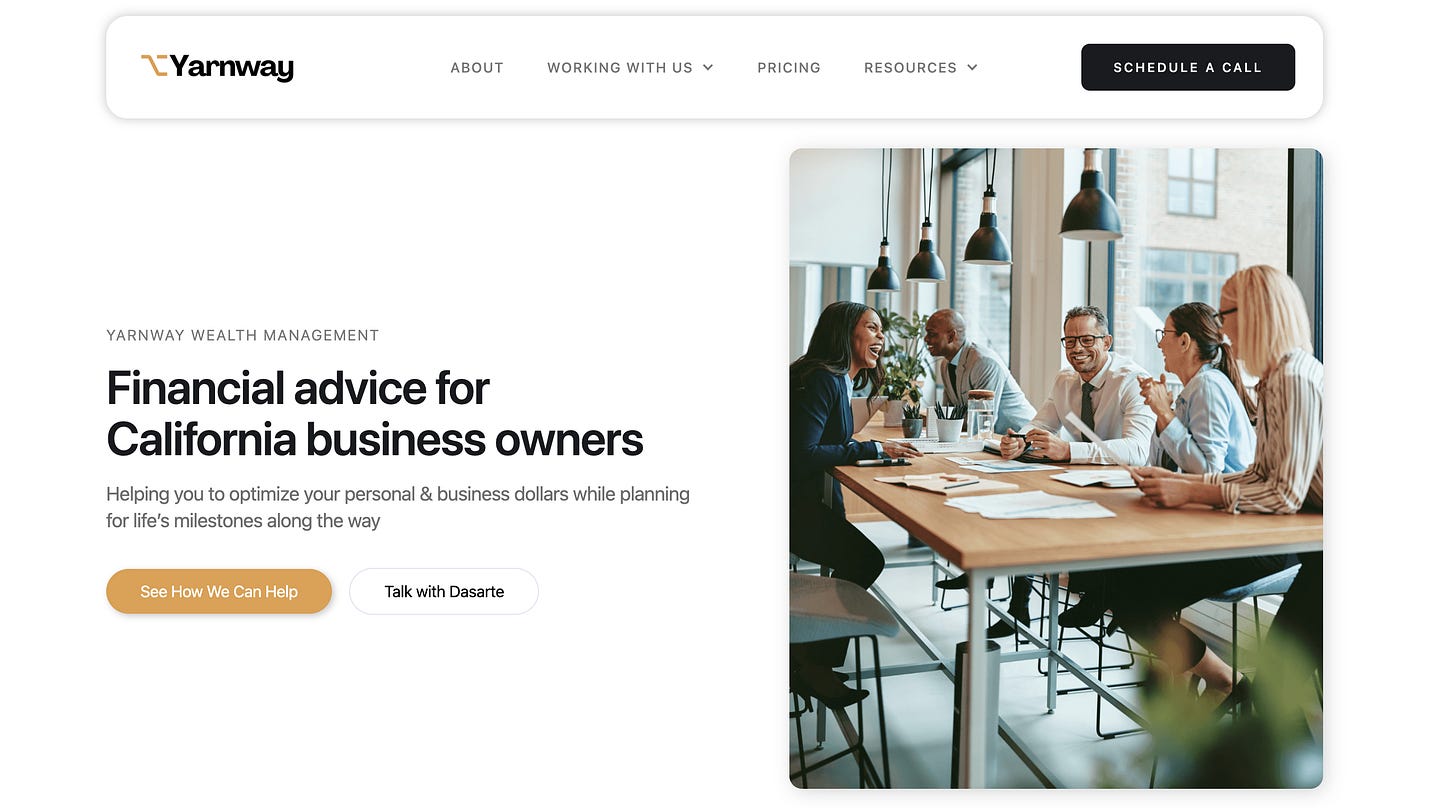FinTech Has Adopted UX, When Will Financial Advisors?
a subtle difference between being 'good' and being memorable
People value time and convenience.
Technology only makes us value these things more and more.
When your internet is just a half second slower, do you feel that sense of frustration start to kick in..?
If you can feel such a small difference, how do you think people consume content and brands as a whole?
FinTech has to prioritize UX because if people don’t have a pleasant experience on their app, they’ll find another app or software that put the time & effort into making the experience as pleasurable as possible for the end user.
As financial advisors, we need to prioritize UX because the world is becoming more and more tech-driven.
As people get accustomed to the UX of tech platforms, it’s going to become a standard, and any service that doesn’t feel like the same quality will fall by the wayside.
What is UX?
UX stands for user experience - which is essentially the feelings a person has when using a product or service.
It combines aspects of psychology, business, market research, design, and technology.
I really like this visual by Career Foundry that breaks down what UX looks like in practice:

How can this be applied to your situation as a financial advisor?
Let’s dive into a few examples:
1. When someone finds your website, what are likely their first thoughts?
It’s 2023.
There’s no reason to have a website that looks like it’s straight out of dial-up internet days.
A website will make or break your online presence.
If someone sees your article somewhere or hears about you from a friend, the first place they’re going to go is your website.
Is the copy written in a style that matches your target audience?
Is it formatted correctly for web and mobile?
Is it easy to navigate?
Does it differentiate you from other advisors?

This is the first thing you see when you open Yarnway Wealth’s website.
I’m not saying it’s perfect or this is the only way to do it, but it states:
- Who they work with
- What the service is
- How they can help
- Talk with Dasarte (a strong CTA for someone familiar with their brand)
It leaves no question as to who they are and who they help.
If your website doesn’t clearly state who you help and the value you provide - prospective clients aren’t going to take the time to figure it out.
They’ll move on to another website until they find what they’re looking for.
✅ When building websites, I’ve drawn a lot of inspiration from SaaS sites because the competition in their industry is tough, so their websites must be designed to make sales without the need for sales reps to close every deal.
2. How easy is it to schedule a meeting?
If someone wants to meet with you, it shouldn’t take too much effort.
Friction creates indecision.
It’s already a big leap for someone to choose to meet with an advisor, don’t make it harder than it should be.
Yes, you may have a pre-qual form so you’re meeting with more qualified prospects, but this should also be easily accessible and clearly shown on your website.
✅ I’ve placed buttons throughout the site that allow for easy scheduling on any page. This makes it that much easier for someone to take the next step and begin a conversation. In the past, I’ve also included a button in the footer for convenience.
3. After someone schedules a meeting, what does the email confirmation look like?
A very small piece of the puzzle, but every touchpoint with a potential client should make them feel welcome.
Have you changed the default text on the email confirmation after someone books a meeting?
This may be the first email they receive from you, right?
It should leave a good impression.
Take some time to write out a custom message sent to potential clients - this may include:
- A brief intro to your firm
- A simple thank you
- What to expect in the meeting
- What to bring to the meeting
4. Do you have a consistent and replicable sales process?
Have you ever felt yourself frantically rushing around trying to get things together for a client meeting?
Truth is, the client can probably sense that.
I learned a lot while doing door-to-door sales, and one thing that I’ll always remember is that people pick up on your body language and demeanor quicker than anything else.
Having a consistent sales process helps all parties involved.
It helps you conduct better and more concise meetings and the potential client will feel your confidence.
It also benefits the client because by following the same process, you can refine your skills and ultimately, improve the quality of your meetings.
5. What does your onboarding process look like?
I’m currently working on this myself.
There’s almost always room for improvement in this area and it’s important to listen to client feedback because they’ll usually let you know if something doesn’t seem right or is too difficult (whether directly or indirectly).
This may be the order of sending out agreements, questionnaires, invoices, links to set up accounts, whatever it may be.
It should be a fluid process that doesn’t create more friction than necessary.
6. How many different accounts does a client need to create when getting started?
Creating accounts and making logins is an inevitable part of financial planning, but we can do our best to minimize the burden we put on our clients.
Put yourself in their shoes.
If you never worked with an advisor before and you finally decide it’s time to get started and one of the first things they do is send you a bunch of things to sign and create accounts for, how would that make you feel?
Overwhelmed? Anxious?
This may be part of the reason people are hesitant to work with advisors - it can require a lot of effort with sometimes minimal help.
If you’re reading this, I’m sure you’re one of the advisors out there who truly cares about their clients - but think of all the wirehouse reps and BDs out there who look at new accounts as numbers, not people.
They have assistants and call lines, cluttering the client experience and making it difficult to provide a high level of service.
Tip: When you’re independent, you can sell against these differentiating factors
✅ Take some time to think about the different softwares and apps you use in your practice and how you can consolidate them to make things easier on you, and more importantly the client.
-
Society already has a negative connotation toward financial advisors.
Nobody’s going to fix that for us.
I believe the only way to flip the script is by doing quality work, providing a great experience, and letting the world know what you do.
